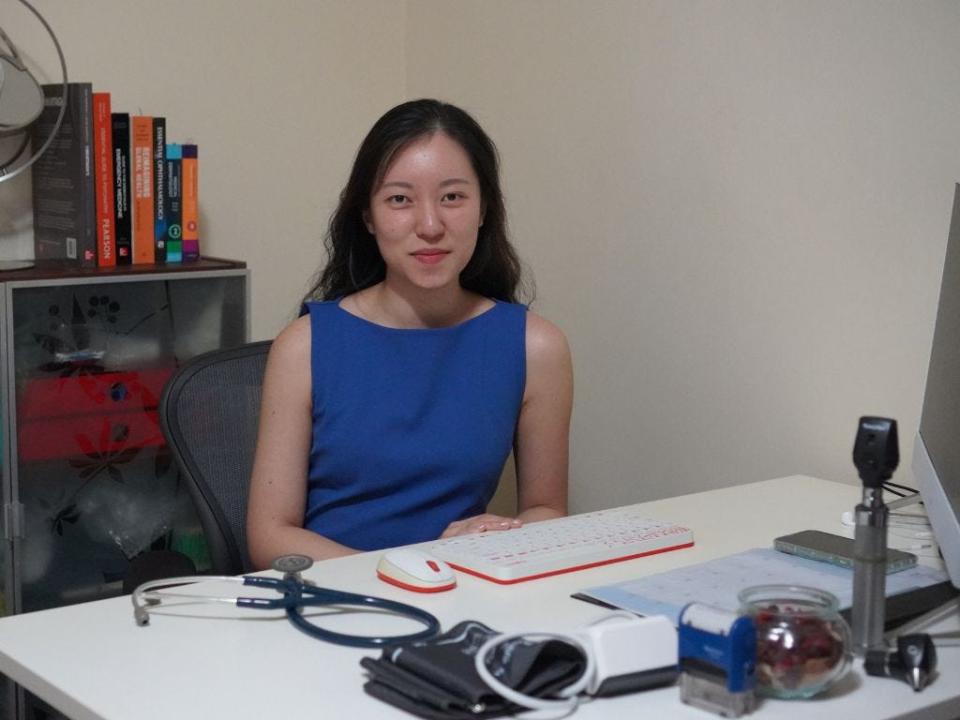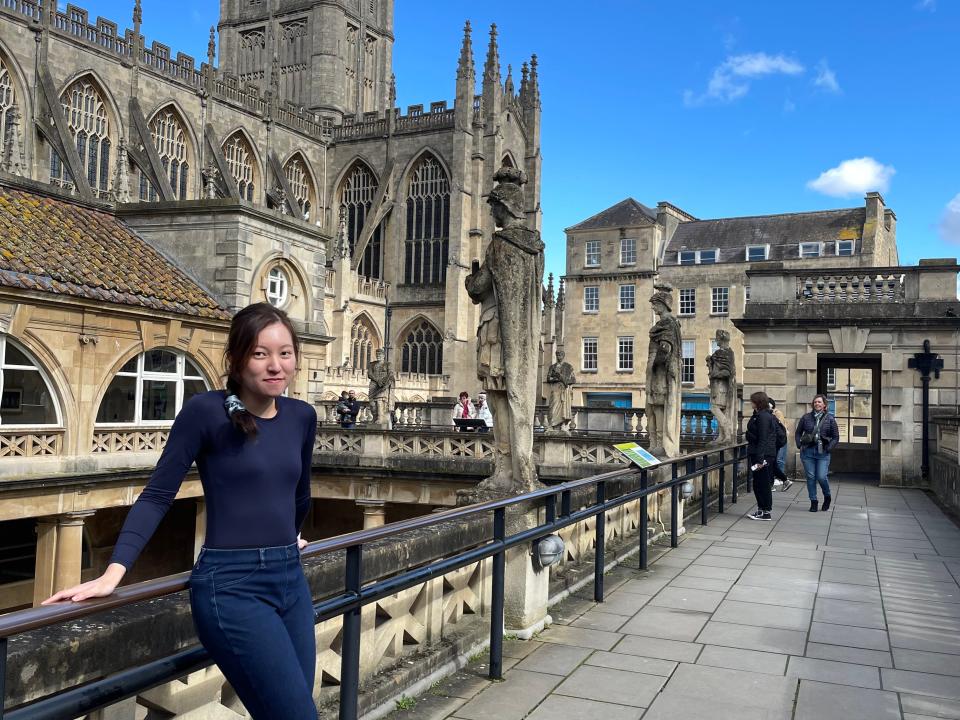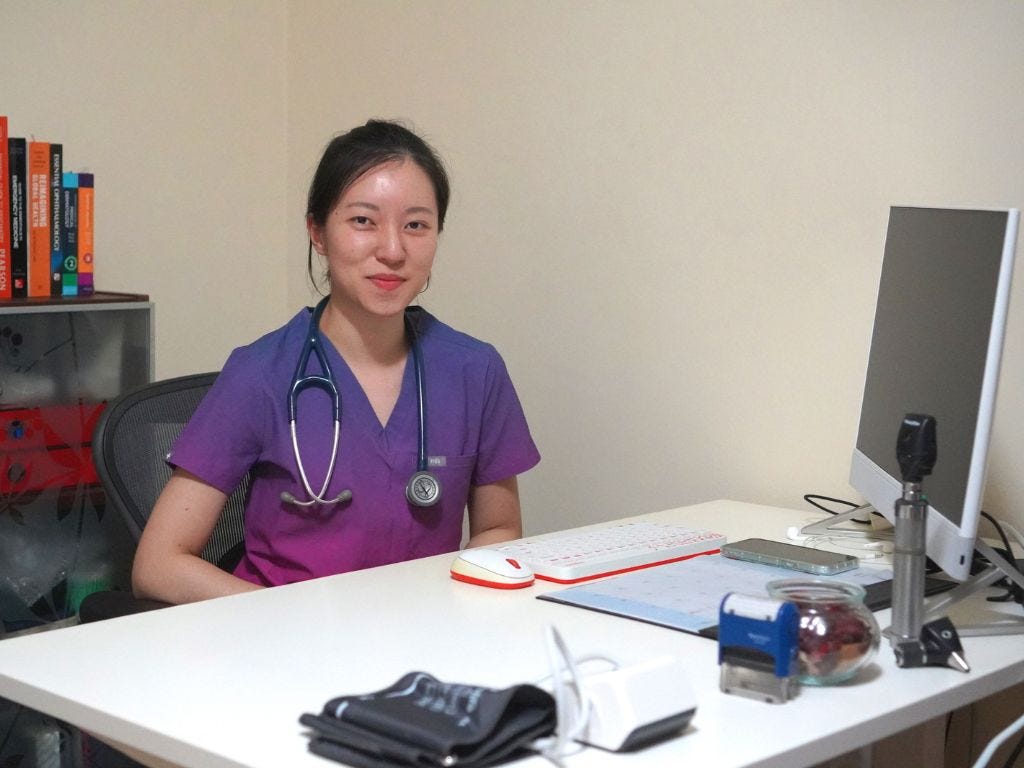-
Faith Choo became a doctor after she graduated from medical school in 2021.
-
However, feelings of burnout drove her to leave the public healthcare system a year after graduating.
-
She had to pay hundreds of thousands of dollars to break her service bond with the Singaporean government.
This as-told-to essay is based on a conversation with Faith Choo, 27, who left Singapore’s public healthcare system and is now working as a locum doctor. The following has been edited for length and clarity. Business Insider has verified her employment history.
Since I was 13, I knew I wanted to be a doctor.
I was inspired by my parents, who are doctors too. My parents find great fulfillment in their profession. Even though they’ve been practicing medicine for over three decades, they still love doing it.
But it was also my parents who tried to dissuade me from pursuing a career in medicine. They told me some horror stories about what being a doctor was really like and warned me about how taxing it could be.
However, I remained deeply inspired by their careers and decided to press on.
Medical school was fun but grueling
The first two years of medical school felt like high school all over again. There was lots of studying as well as material to memorize.
Things got a lot more exciting but taxing from the third year onwards. That was when we got to shadow junior doctors at the hospital. We also had to spend full working days in the hospital before going home to study at night.
It dawned upon me then that we would be taking over from those junior doctors in just a few years. The burden and responsibility of having to take care of patients began to weigh on me.
Back then, our seniors in medical school would warn us about life after graduation. They would tell us about the terrible working hours that came with being on call, like having to work for two days straight without rest.
I began to worry if I could live up to the challenge. I remembered asking myself, “Can I physically cope with this? Can I mentally step up to this kind of challenge? Do I have the resilience and skills required to do this?”
Confronting the long hours and feelings of burnout

Before college, I did hospital attachments and worked with general practitioners at their clinics. But even that wasn’t able to give me a full taste of the role.
The biggest transition that came after graduation was the long hours. It wasn’t long before the exacting routine, manpower constraints, and feelings of burnout began to pile up on me.
The thought of leaving first crossed my mind after I clocked 19 consecutive days of work in the hospital.
At some point, you feel like you are more tired than the patients in the hospital. Even the patients get a chance to rest, but for doctors, when you’re on a call, you have to make life and death decisions.
You are still held to a high level of accountability and you want to do the best for your patients, but you physically can’t because you are just so exhausted — and it doesn’t feel safe.
I realized then that such a job wouldn’t be sustainable.
Life as a medical graduate in Singapore ain’t easy
In Singapore. our medical education is heavily subsidized by the government. After graduation, students have to fulfil a service bond of five years. This is on top of the one year of housemanship that takes place right after graduation.
Junior doctors could put in about 60 hours of work in a good week, though that can sometimes go up to 80 or 90 hours.
This means that you could find yourself spending a huge part of your late twenties to thirties working just to fulfil your bond obligations.
This wasn’t going to work for me. I didn’t think I was physically or mentally able to get through that journey.
Even though breaking my bond and leaving then would entail paying back over $375,000 — roughly $75,000 per year.
I felt that there was no use destroying my long-term health for money, which could be made back.
Surprisingly, my family, friends, and colleagues were supportive of my decision to leave. I also received overwhelming support for the move when I blogged about it.
Taking a career break and charting a new course

After resigning in July 2022, I took a career break to recover from the burnout and traveled for about three months.
I now split my time between working as a locum doctor and studying for my graduate diploma in mental health. I’m not craving for a full-time role at this point because I enjoy the freedom that comes with being a locum.
For instance, I can just take leave and go off whenever. I also get to choose between working in a clinic or as a telemedicine physician.
That said, I wouldn’t mind pursuing new ventures that delve into my areas of interest like lifestyle medicine or mental and preventive health.
The truth is, I don’t think it’s easy for governments around the world to tackle the problem of burnout and exhaustion in healthcare.
Younger doctors now want work-life balance, and they’re not afraid to speak up about it. We know that we can’t set ourselves on fire to keep others warm.
Read the original article on Business Insider
